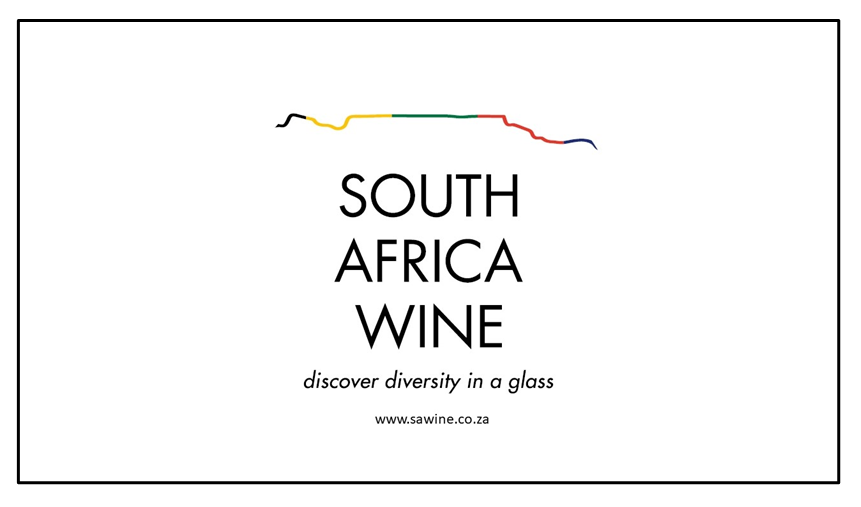Plant Diversity in an Intensively Cultivated Vineyard Agroecosystem (Langhe, North-West Italy)
Abstract
In areas of intensive agriculture, wild plant species are confined to field margins, thus they play a role inprotecting biodiversity. The aim of the present study was to assess plant diversity in an area of intensive
viticulture and to evaluate, for the first time, the impact of field margins on vineyard flora biodiversity. The
study was conducted in North-West Italy, were five categories of floristic lists in vineyard-margin pairs were
sampled and compared. Five margins were identified: grass-covered (A) and bare (B) headlands, small (C)
and wide (D) woodlands, and shrub and herbaceous (E) areas. Two hundred and fifty-two taxa were found,
although only 19 were widespread. Differences among categories emerged, highlighting the high floristic
complexity of the sites surrounded by wide wooded areas (D). The findings suggest an influence of margin
size, in addition to margin type, on the floristic richness of the vineyard. Moreover, an inverse relationship
between species richness and both the presence of Poaceae and the degree of soil grass coverage emerged.
Enhancing biodiversity, at landscape and field level, by the appropriate management of cover crops and
ecological infrastructures, within and around vineyards, could be a strategy in sustainable viticulture.
The increase in plant species richness is not an end in itself, but it might help to promote biodiversity at
different trophic levels.
Downloads
A copyright form will be e-mailed to the corresponding author when the manuscript has been accepted for publication.
In principle, the Author agrees to the following when he/she signes the copyright agreement:
I hereby assign to the SOUTH AFRICAN SOCIETY FOR ENOLOGY AND VITICULTURE (SASEV) the copyright of the text, tables, figures, supplementary material, illustrations and other information (the Material) submitted with the manuscript to be published in SOUTH AFRICAN JOURNAL OF ENOLOGY AND VITICULTURE (SAJEV) (the "Article"). The copyright becomes effective from the date the Article has been accepted for publication in SAJEV.
This is an open access journal, and the authors and journal should be properly acknowledged, when works are cited.
Author's may use the publishers version for teaching purposes, in books, theses, dissertations, conferences and conference papers.
A copy of the authors' publishers version may also be hosted on the following websites:
- Non-commercial personal webpage or blog.
- Institutional webpage.
- Authors Institutional Repository.
The following notice should accompany such a posting on the website: This is an electronic version of an article published in SAJEV, Volume XXX, number XXX, pages XXX - XXX, DOI. Authors should also supply a hyperlink to the original paper or indicate where the original paper (www.journals.ac.za/index.php/sajev/) may be found.
Authors publishers version, affiliated with the Stellenbosch University will be automatically deposited in the University's Institutional Repository SUNScholar.
Articles as a whole, may not be re-published with another journal.
The following license applies:
Attribution CC BY-NC-ND 4.0

